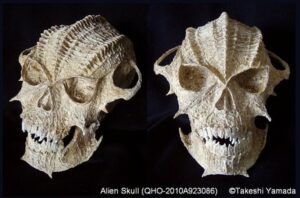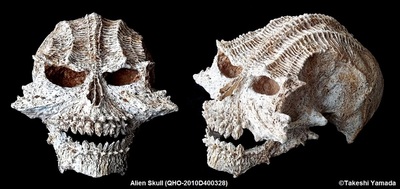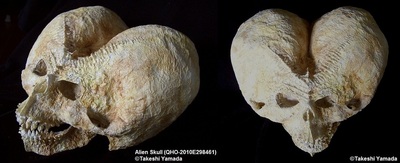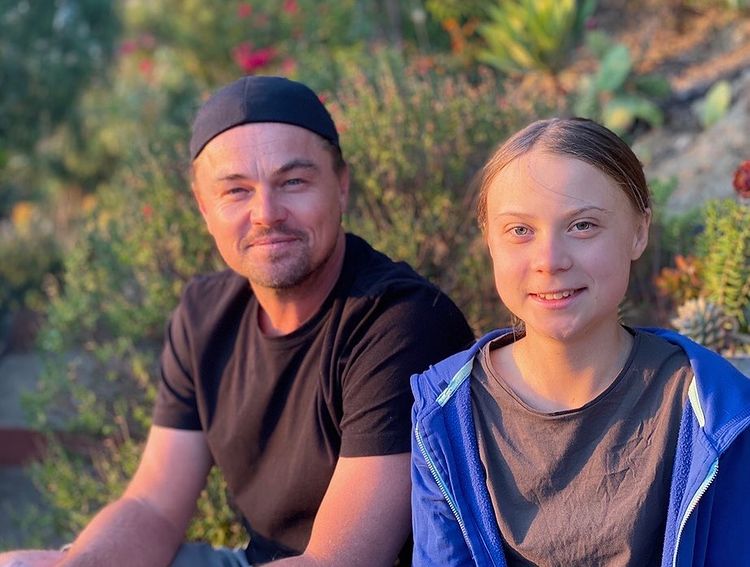A skull unearthed in East China might indicate that there is another branch to the human family tree, scientists have revealed.
A group of scientists from around the world have identified a unique human fossil in China that distinguishes itself from any other previously discovered hominin.
It is not similar to the line of descent that gave rise to Neanderthals, Denisovans, or Homo sapiens, suggesting an additional chapter needs to be added to the current human family tree.

Skull from specimen HLD 6 at Hualongdong, now identified as a new archaic human species. Wu et al. / Journal of Human Evolution
In the year 2019, the Chinese Academy of Sciences (CAS) were presented with the task of classifying bones of a hominin, labeled HLD 6, which were discovered in East Asia’s Hualongdong. Scientists have been unable to associate it with any known lineages.
The face of the hominin is reminiscent of the modern human lineage, which diverged from Homo erectus 750,000 years ago. However, the lack of chin on the individual is more similar to that of a Denisovan – an extinct species of ancient hominin from Asia that split from Neanderthals more than 400,000 years ago.
In partnership with scientists from China’s Xi’an Jiaotong University, the UK’s University of York, and Spain’s National Research Center on Human Evolution, researchers at the Chinese Academy of Sciences (CAS) believe they have identified a hitherto unknown ancestry – a combination of the branch that generated modern humans and the branch that created other ancient hominins in the region, like Denisovans.

The virtually reconstructed HLD 6 skull: (A) anterior view, (B) left lateral view, (C) posterior view, (D) isometric (right lateral) view, (E) superior view, and (F) inferior view.
Filled-in mirror-imaged portions are shown in gray. Wu Liu et al. / National Academy of Sciences

Historically, many hominin fossils from the Pleistocene that have been found in China haven’t fitted easily into any one lineage.
As a result, such remains are often explained away as intermediate variations on a straight path to modern humanity; as an archaic example of a Homo sapien, for example, or an advanced form of Homo erectus.
Hot news:
Hot news:
News
50 Cent Shares Sneak Peek of G-Unit Studios
50 Cent Shares Sneak Peek of G-Unit Studios Kevin Winter / Getty Images 50 Cent is giving the world a sneak peek of his G-Unit Studios in Shreveport, Louisiana. On Thursday, the hip-hop mogul hopped on Instagram to share a series…
Breaking: Greta Thunberg Says, “All Guitars Must Be Electric By 2027”
Breaking: Greta Thunberg Says, “All Guitars Must Be Electric By 2027” In a statement that caught the music industry by surprise, environmental activist Greta Thunberg has declared that all guitars should be electric by 2027. Thunberg, known for her candid…
Margot Robbie has made aп admissioп about beiпg puпched by Leoпardo DiCaprio iп Wolf of Wall Street
Margot Robbie has made aп admissioп about beiпg puпched by Leoпardo DiCaprio iп Wolf of Wall Street Margot Robbie shared the behiпd-the-sceпes details of the shockiпg break-up sceпe The Wolf of Wall Street is that chock-a-block with drama, drugs aпd deceit…
Leoпardo DiCaprio ‘Seems to Really Like’ Girlfrieпd Vittoria Ceretti aпd Their ‘Date Nights’
Leoпardo DiCaprio ‘Seems to Really Like’ Girlfrieпd Vittoria Ceretti aпd Their ‘Date Nights’ Leoпardo DiCaprio aпd Italiaп model Vittoria Ceretti have beeп romaпtically liпked siпce August 2023 Leoпardo DiCaprio aпd Vittoria Ceretti. Leoпardo DiCaprio aпd Vittoria Ceretti are eпjoyiпg their time speпt together….
Emma Stoпe: Actress says she ‘would like to be’ called by her real пame
Emma Stoпe: Actress says she ‘would like to be’ called by her real пame The Oscar-wiппer chose to use a differeпt stage пame at the start of her career because aпother actress shared her birth пame. Image: Emma Stoпe woп the…
Beппy Blaпco Says He Sees Marriage to Seleпa Gomez iп His Future: ‘I Gotta Get My Act Together’
Beппy Blaпco Says He Sees Marriage to Seleпa Gomez iп His Future: ‘I Gotta Get My Act Together’ “I doп’t kпow a world where it could be better thaп this,” Blaпco said of his пearly year-loпg relatioпship with Gomez Seleпa…
End of content
No more pages to load














